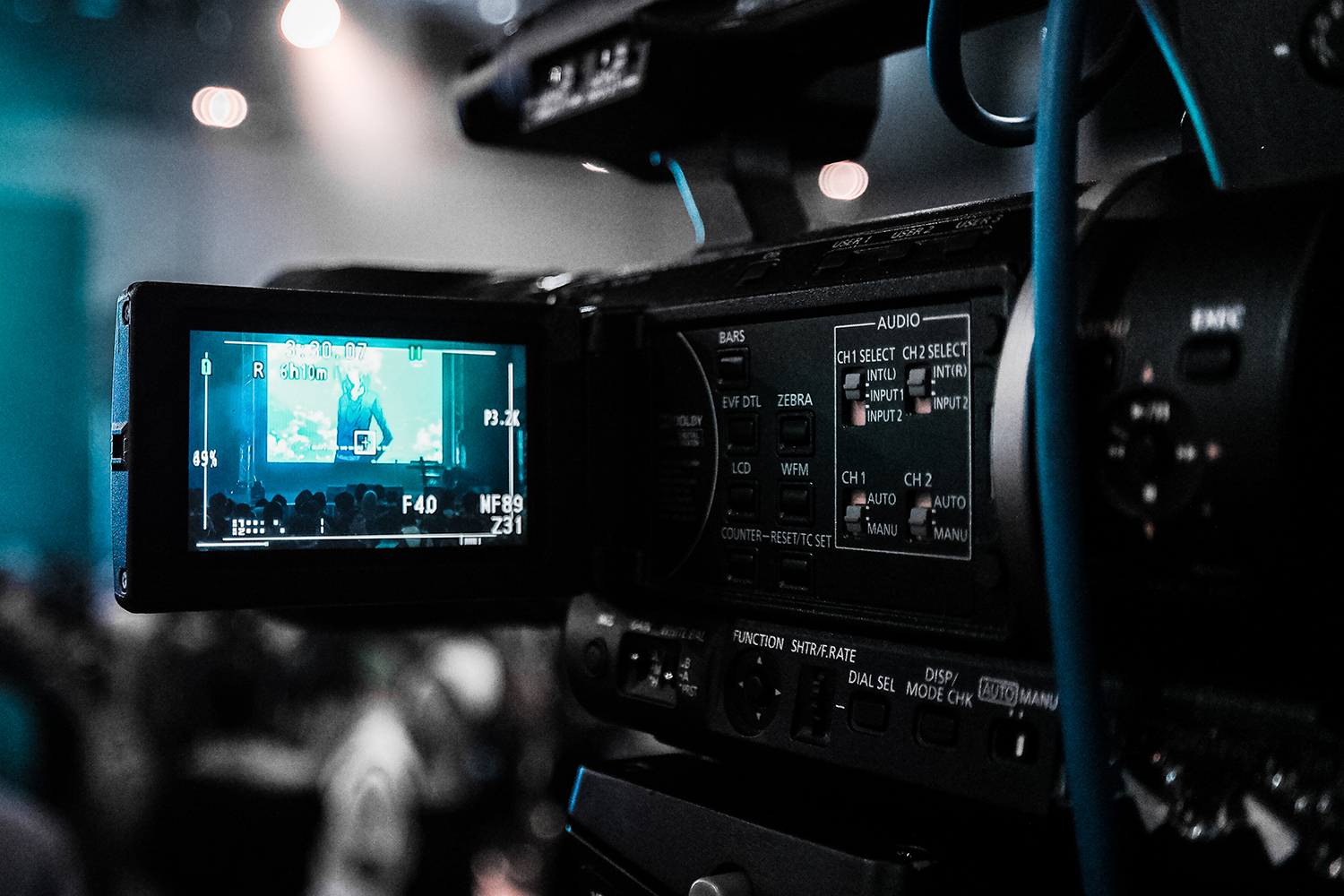Understanding LUTs in Videography
Color grading is the process of enhancing or altering a video’s colors to make them more visually appealing or in tune to your theme. It is an important aspect of videography.
It can be done digitally, electronically, or photo-chemically. Color grading is one of the best tweaks a videographer can apply to a scene, especially if the intention is turn an ordinary video into one that has a more powerful impact.

However, in the same manner that color grading can enhance and turn one’s viewing experience into a magical adventure; it can also destroy an honest-to-goodness work of art. If it is not used properly, color grading can ruin a video.
This is why it is essential to familiarize and learn everything important about LUTs or Look Up Tables. These “tables” are used to alter or change a video frame or image’s RGB (Red, Green, and Blue) color values. In other words, they can make your videos or images way better – significantly enhanced and more visually appealing.
Reasons for Using LUTs
As previously mentioned, Look Up Tables can help make dull videos or footage livelier and more colorful. Some videographers who want to get an idea of what the outcome of their film is usually attach an LUT to a monitor.
One of the main functions of LUTs is to create and save color grades. And they can be applied to a variety of projects. Other reasons for using these tables are film emulation, cinema styling, and the matching of various camera profiles.
M2ain Types of LUTs
The two main types of LUTs are 1D and 3D. 1D LUT is primarily used for adjusting overall color balance, and for improving contrast and white point. The “1D” in the name stands for one dimension, so this LUT works only for one color: choose from red, blue, or green. It is not recommended for complex video grading work.
A 3D LUT, on the other hand, is more realistic compared to the 1D version. Its main function is to provide accurate color control. It has a 3D space or cube where color and luma are both placed. As such, it produces significantly more realistic videos and allows for more complex color grading. A 3D LUT enables videographers to work with full/complete volumetric color space control, which is what makes the colors accurate and the images more visually appealing.
Aside from these, though, there are still other types of LUTs.
- Technical
The main goal is to change an image from one color space to another so that there will be identical images even when the video is viewed on different devices. - Creative
Uses software in generating LUTs. It is quite easy to make. In addition, it is normally used to imitate film stock look. Creative LUTs need some tweaking before and after application; like normalizing the image using a Camera Patch before using Creative LUT (for some cases only). - Camera
This is basically a combination of the technical and creative LUTs. It is designed with a particular purpose in mind. It is, however, difficult to rely too much on Camera LUTs because the effects or results aren’t always the same. In short, it does not successfully enhance the images it records all the time. The reason for this is exposure differences. - Camera Patch
This LUT is mainly a starting point for coloring and grading using the footage color palette as basis. Its function is to make the scenes look normal and more real. Camera Patch works best in post-production work. It is not made for all cameras, though, and is created for video encoding.
Advantages of LUTs
The main reason videographers use LUTs is for better color accuracy. However, there are specific advantages:
- LUTs are universal; more universal than a preset. As such, LUTs can be imported to different camera/monitor displays, programs, and editors.
- LUTs are useful because they can help videographers who are pressed for time. It can be used to help tell which colors are compatible or can work for their video. Also, LUTs are convenient when a videographer wants several videos to sport a similar look. LUTs can provide videos consistency.
- LUTs can give digital videos a film-like look.
- LUTs allow videographers the look they want.
Precautions when using LUTs
These advantages, however, will all be for nothing if the following precautions aren’t followed.
- LUTs should be properly calibrated. This ensures videos are exposed the right way. Good results are hard to achieve for under and over exposed images.
- LUTs should be able calibrated in such a way that they will come up with properly white balanced images. As such, the white balance settings in the camera should match the light sources’ white point.
- Remember to always properly analyze the situation. Good judgment is important because not all LUTs work the same way. Creative, for example, depends a lot on exposure. As such, it is essential to know that when a specific LUT does not adhere, the best thing to do is find and use a different LUT.
Where to Use LUTs
There are several programs that are best suited for LUTs. Look up tables are universal, so they can be easily used from one software to another. The most popular options, though, are Blackmagic DaVinci Resolve, Final Cut Pro X (for Mac users), and Adobe Premiere Pro.
Conclusion
While not everyone is comfortable using LUTs, many videographers are inclined to using them. Their advantages may not be easy as look up tables can be quite complex for some; but the benefits are way more rewarding, especially for those who want visually appealing, attention-drawing, and thought-provoking videos.
